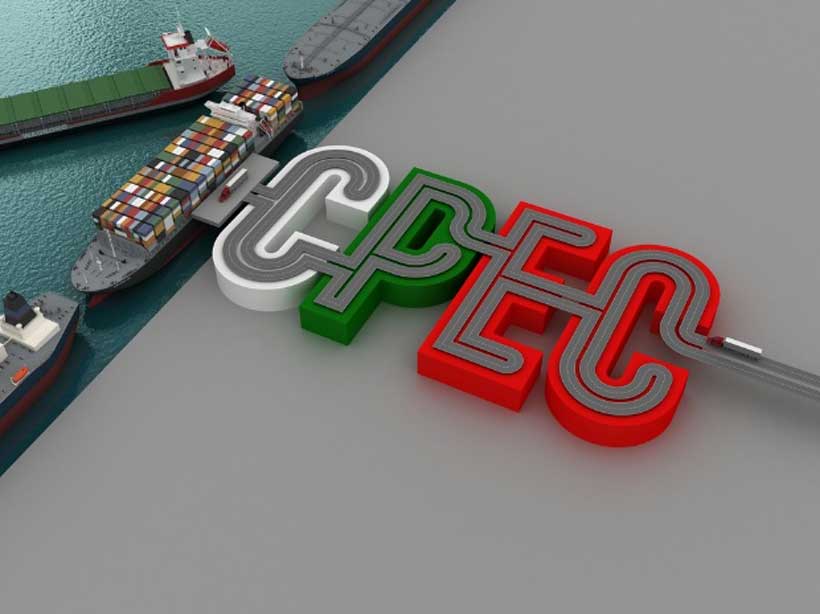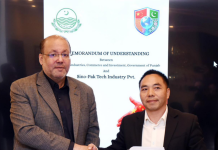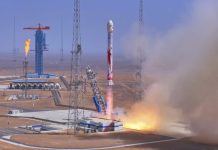DM Monitoring
BAHAWALPUR: A fresh wave of industrial investment, closely linked to the broader momentum generated under the China-Pakistan Economic Corridor (CPEC), is transforming the Bahawalpur Industrial Zone, where eight new factories are currently under construction.
Officials say the development marks one of the most promising industrial expansions in South Punjab in recent years, driven by significantly reduced land rates and renewed government efforts to attract both domestic and international investors, including those exploring opportunities created by the second phase of CPEC.
According to officials, the industrial uplift in Bahawalpur coincides with Pakistan’s accelerated push under the CPEC Industrial Cooperation Framework, which places special emphasis on energising Special Economic Zones (SEZs) and regional industrial clusters. The Bahawalpur zone, strategically located between major north–south CPEC arteries, is rapidly emerging as a cost-effective destination for new industries.
Muhammad Sami, a senior official at the Punjab Industrial Estate Development and Management Company, said the Punjab government’s decision to offer land at markedly lower rates compared to other districts has become a game-changer.
“The pricing strategy has unlocked investor interest not just from within Punjab but also from regions actively seeking CPEC-related supply chain linkages,” he said.
He noted that under the provincial government’s business-friendly policies and improved facilitation mechanisms, eight factories are now being established in the zone. These units, expected to generate hundreds of jobs, will strengthen the regional industrial base, enhance revenue generation, and support Pakistan’s broader economic recovery.
Sami said the government has moved beyond traditional announcements and is now focused on creating a fully functional, investor-centric industrial ecosystem. Streamlined administrative procedures, improved land access, and essential services, including road connectivity aligned with CPEC corridors—have played a pivotal role.
“Our priority has been to remove obstacles that frustrate investors,” Sami emphasised. “The ongoing investment is a reflection of sustained policy continuity. Our goal is long-term industrial growth, not temporary activity.”
Industrialist Farhan Ahmed confirmed that lower land prices and strengthened investor facilitation have boosted business confidence. He added that as Pakistan expands industrial cooperation with China under CPEC’s second phase, emphasising manufacturing relocation, vocational training, and the creation of export-oriented clusters, regions like Bahawalpur stand to benefit the most.
However, Ahmed stressed that affordable energy remains a critical prerequisite. “For industries to compete globally, electricity and gas tariffs must be rationalised,” he said. He welcomed the Punjab government’s long-term industrialisation policies, stating that their impact will significantly uplift South Punjab.





